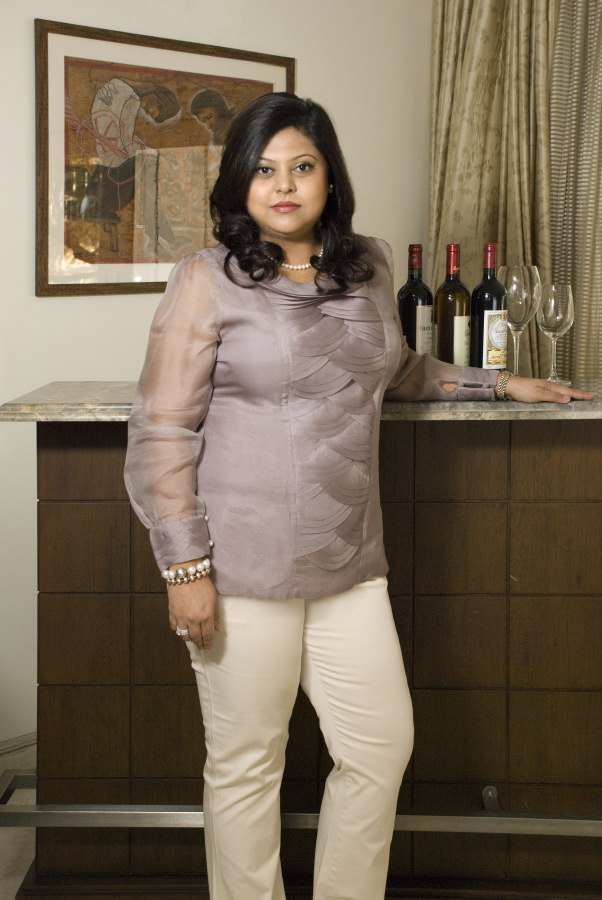Sonal Holland, India’s Master of Wine
India gets its first ever Master of Wine, and hey, she’s a woman. I learn how it all happened in a chat with Sonal Holland, MW and powerhouse.
In a country where the wine culture is just about appearing on the horizon, it’s been heartening to see the amount of media attention India’s first Master of Wine (MW), Sonal Holland has been getting. In the days since the institute made the announcement, the Indian public, still taking baby steps in learning about wine culture, is understanding the significance of the announcement: Holland is one of only 353 MWs in the world today.
The toughest wine test
No wonder then that she is truly thrilled. While studying wine as a subject is tough, going for an MW qualification is tougher still – it’s the summum bonum of wine qualifications. Holland had “fleeting moments of self-doubts,” she confesses during a telephonic interview, “But it’s been a great culmination of many years of study.” The MW exam process is no doddle: the five 3-hour theory papers span viticulture, vinification and pre-bottling procedures, the handling of wine, the business of wine, and contemporary issues in the industry. The practical sessions include three 12-wine blind tastings, each lasting two and a quarter hours, in which wines must be assessed for variety, origin, winemaking, quality and style. “The theory papers ask for essay style answers, and more than just facts, you’re expected to argue like a lawyer, presenting a 360 degree discussion that covers the gamut of the subject. So you end up writing 15 or so essays over the four exam days. The theory papers are in the morning; in the afternoon are the blind tastings – 36 wines in 3 days. And here too it’s not enough just to state facts. You’re expected to argue like a lawyer to make your case, to know thoroughly each region’s specialities.” If you pass these (rare in the first few attempts), you must present an in-depth 10,000 word research paper which must be ‘a rigorous interpretation’ of a specific wine subject of your choosing (hers was Awareness, Attitude and Usage of Wine among Sec A urban Indian wine consumers.)
Not surprisingly, the failure rate is “astronomically high” she says. “For every 100 candidates sitting for the exam, five might pass.” If you fail, you can re-sit but the number of re-sits are restricted, after which you are removed from the programme. The list of such ‘rejected’ candidates include top winemakers, educators and wine professionals around the world.
For Indian applicants too, difficulties come as a double whammy. “In India, we face plenty of odds other don’t – for starters, we have the lowest accessibility to the world of wines and the longest distance to travel to sit for wine exams,” Holland points out, “Often, the wines we taste end up compromised – they don’t arrive in India in optimum condition.”
Juggling responsibilities
So she dealt with it by pushing herself harder than most candidates do: “I spent lots of time overseas, visiting vineyards and every wine region in the world to familiarize myself with what was happening. I also spent a lot of time in London, the mecca of wine culture. I’d go for prolonged periods: sign up for regular tastings held around town, or sit for mock MW exams. I’d also attend trade fairs around the world. I truly left no stone unturned.”



